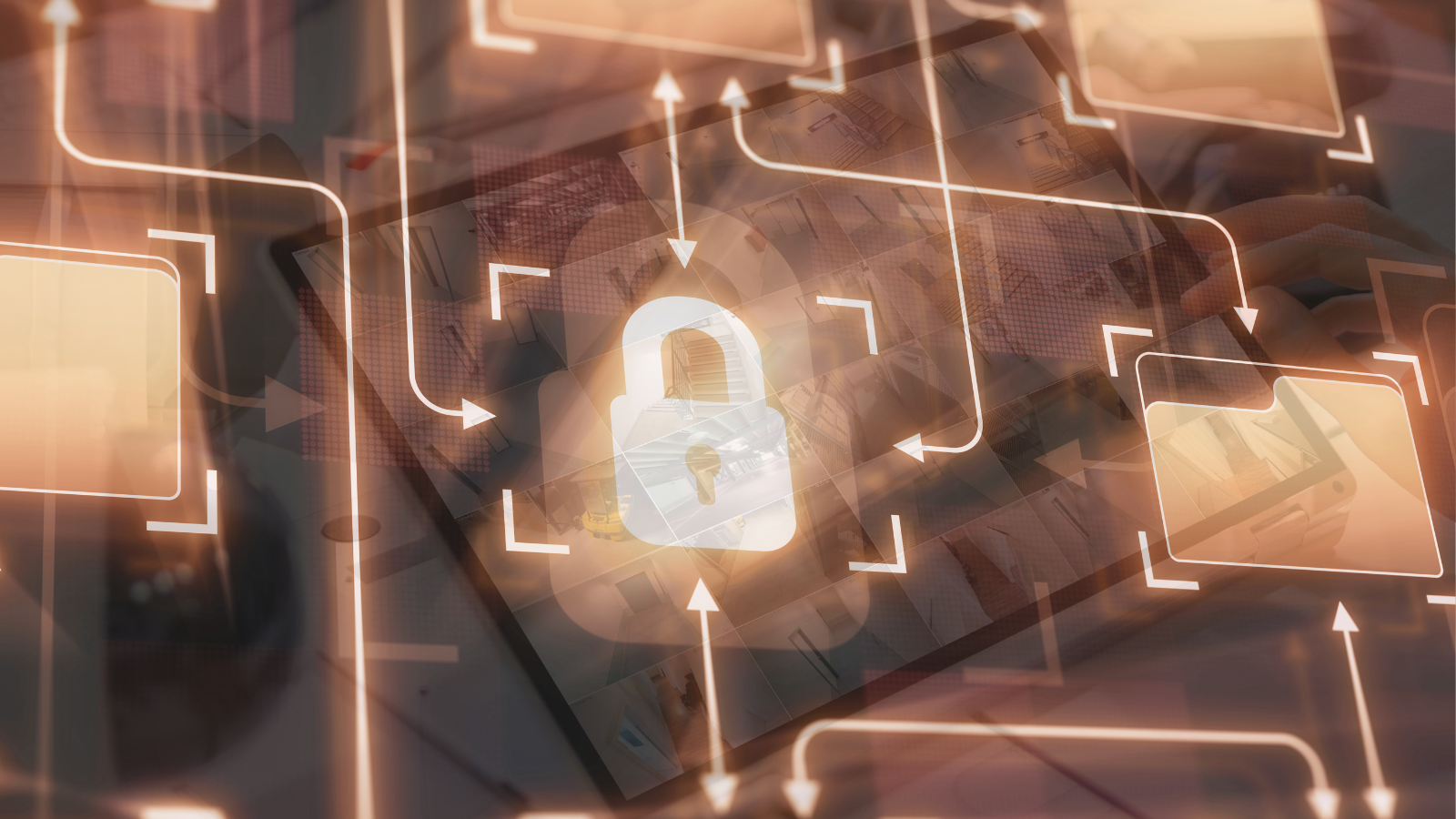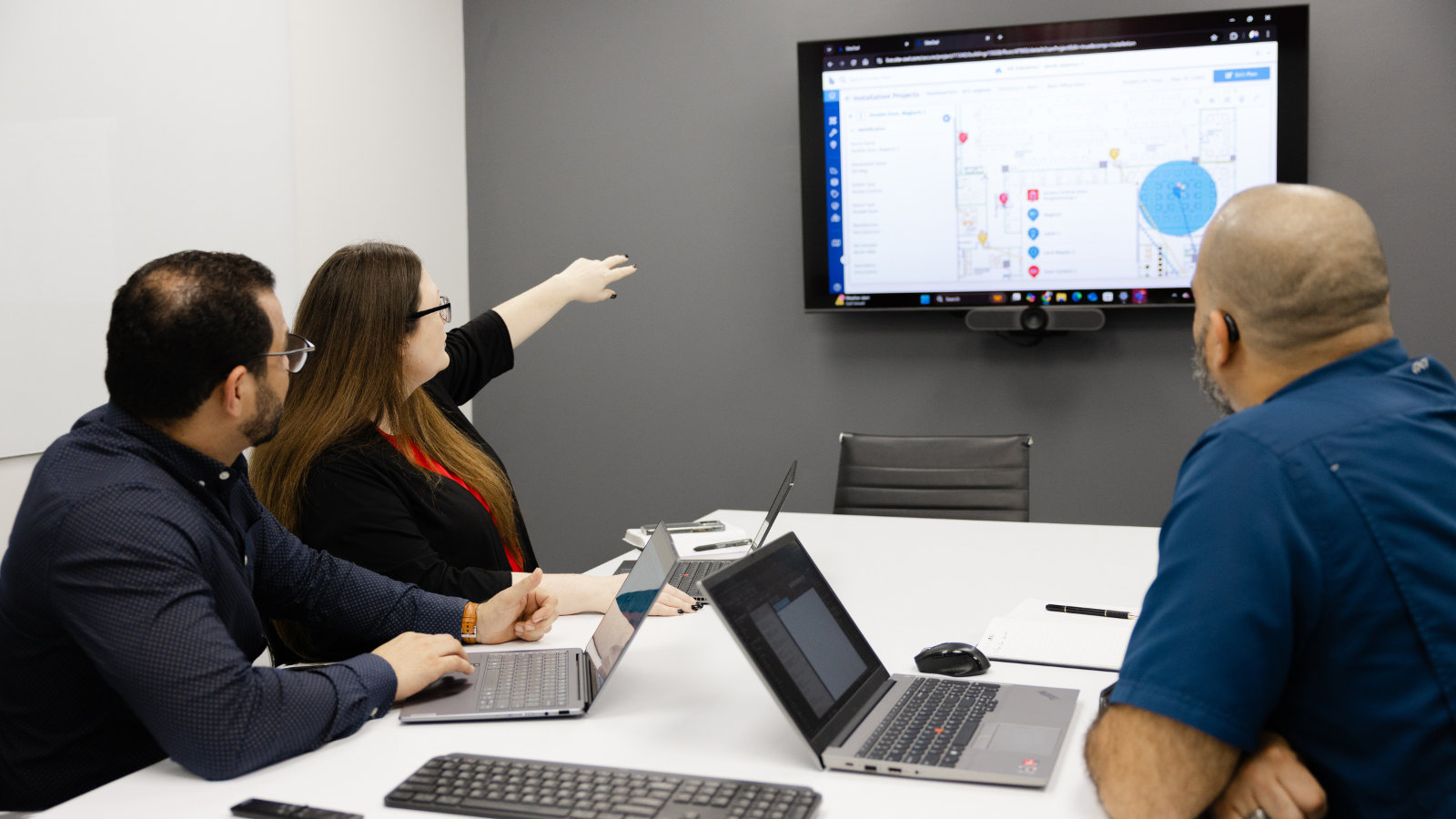The security industry is shifting fast, and integrators must adapt to stay competitive. Mergers and acquisitions (M&A) are redrawing the competitive map, with deal activity continuing to climb year over year. In 2023 alone, the Security Solutions sector saw a 5% increase in M&A transactions, totaling 190 completed deals.
But it’s not just the competitive landscape that’s shifting. Customer expectations are evolving just as rapidly. Static CCTV systems and manual processes no longer cut it. Today’s businesses expect intelligent, adaptable security solutions that work in sync with their operations.
For security integrators, the message is clear: adapt and innovate—or risk falling behind.
Here are the key forces driving change in the security integration market and practical strategies to help your business stay ahead of the curve.
Rising demand for end-to-end security solutions
From Fortune 500 corporations to local school districts, customers are moving away from fragmented security systems. They’re no longer satisfied with standalone cameras, isolated access control, or piecemeal intrusion detection.
Instead, they’re demanding end-to-end security solutions that unify all aspects of physical security, from access control to lifecycle management.
According to the 2025 Security Megatrends Report, businesses are adopting platform aggregation—bringing together multiple security systems under a unified management framework—to reduce complexity and improve situational awareness.
The move away from fragmented systems is driven by the need for:
- Comprehensive security: Addressing all types of threats in a coordinated way.
- Simplified management: A single platform for all security functions.
- Enhanced effectiveness: Better threat detection, response, and prevention.
- Cost optimization: Streamlined operations and reduced long-term costs.
How Integrators can stay competitive
To capitalize on the growing demand for unified security solutions, integrators need to position themselves as one-stop providers of comprehensive, integrated systems. This means moving beyond traditional installations and offering solutions that connect with existing infrastructure while being adaptable to future needs.
- Expand your service portfolio: Offer end-to-end solutions that include access control, video surveillance, intrusion detection, and IoT integration under a single management platform.
- Partner with technology providers: Collaborate with leading tech firms specializing in AI-driven analytics, cloud-based platforms, and lifecycle management to enhance your offerings.
- Provide scalable solutions: Design flexible systems that can grow with your customers’ needs, from small businesses to large enterprises.
- Offer managed services: Introduce subscription-based models for continuous monitoring, maintenance, and updates, creating stable, recurring revenue streams.
Integrators who adopt these strategies will be well-positioned to capitalize on the growing demand for unified security solutions.
The shift to recurring revenue
As the security industry evolves, tightening margins and the decline of purely project-based revenue models are reshaping how integrators generate profit.
Private equity investment is driving a major shift toward recurring monthly revenue (RMR) through “as-a-service” offerings such as Security-as-a-Service (SaaS), Video Surveillance-as-a-Service (VSaaS), and Access Control-as-a-Service (ACaaS).
Instead of relying solely on large, one-time projects, security firms are adopting subscription-based models that provide predictable, long-term revenue streams. This transition is intensifying competition as integrators compete not just on installation capabilities but also on the quality of ongoing services.
Key drivers of the RMR model
- Customer Demand for Flexibility – Businesses prefer subscription-based security solutions that allow them to scale operations without heavy upfront capital investments.
- Investor Interest in Scalable Revenue Streams – Nearly 40% of total revenue for security dealers and integrators now comes from recurring models, up from a third in previous years.
- Technology Enabling Service-Based Offerings – AI-driven analytics, cloud-based security, and IoT integration are making the as-a-service model more viable, ensuring continuous updates and proactive security enhancements.
What this means for Integrators
To remain competitive, integrators must evolve from system installers to long-term security partners, offering managed services, remote monitoring, and AI-driven automation. Those who successfully transition to RMR-based models will enhance business stability, improve client retention, and differentiate themselves in a crowded market.
Technology advancements are raising the bar
The convergence of artificial intelligence (AI), cloud computing, and IoT-driven automation has unleashed a transformative wave across the physical security landscape.
Today’s security landscape demands more than isolated systems. Businesses require seamless integration between video surveillance, access control, alarms, and cybersecurity, often extending to broader IT and facility management operations.
Integrators must embrace these evolving technologies to remain competitive and deliver value-driven solutions. Key emergency technology trends include:
Security systems for hybrid work
As enterprises adopt hybrid work models, security systems must accommodate both on-site and remote employees. Advanced access control solutions, remote monitoring, and identity verification tools are becoming essential to secure distributed workforces while ensuring safe operations.
Integrator Insight: Offer cloud-based access control and remote monitoring solutions that provide enterprise clients with real-time oversight of their security infrastructure, regardless of employee location.
Unified security systems
Organizations are moving away from fragmented security setups in favor of unified platforms that integrate video surveillance, access control, intrusion detection, and cybersecurity measures. This consolidation improves operational efficiency, enhances situational awareness, and simplifies security management across multiple locations.
Integrator Insight: Implement open-platform solutions that allow seamless integration between security components, ensuring clients can scale their systems without vendor lock-in.
Cloud-based security systems
Cloud adoption is accelerating, allowing enterprises to manage security systems remotely, scale operations efficiently, and leverage AI-driven analytics for real-time threat detection. With the cloud security market projected to surpass $156 billion by 2032, this shift is becoming a strategic necessity.
Integrator Insight: Help enterprise clients transition to cloud-based security platforms that offer centralized management, automated software updates, and AI-driven insights for enhanced security.
Digitize lifecycle management
Enterprises are digitizing security system lifecycle management to streamline deployment, maintenance, and upgrades. By leveraging digital platforms, organizations can track assets, optimize system performance, and ensure proactive maintenance, reducing downtime and long-term costs.
Integrator Insight: Offer lifecycle management tools that enable predictive maintenance, automated reporting, and real-time asset tracking to help clients maximize system uptime and efficiency.
The path forward for Security Integrators
The security landscape is changing, and so are customer expectations. Businesses no longer just want security systems installed; they expect integrated, intelligent solutions that evolve with their needs.
To stay ahead, integrators must embrace artificial intelligence, cloud security, and digital lifecycle management to enhance system performance, streamline operations, and deliver proactive service.
With the right technology, integrators can reduce downtime, optimize efficiency, and build long-term customer trust. Ready to see how SiteOwl can help you stay ahead? Schedule a demo today and discover how digital lifecycle management can transform your security operations.

Su Subburaj
Su is SiteOwl's CMO and leads all marketing and communications. Su has extensive strategy and management consulting experience and previously consulted for 3Sixty Integrated where she gained an in-depth understanding of digital transformation challenges in the physical security industry. When not working on strategies to expand SiteOwl's footprint, Su enjoys bad karaoke, weightlifting and traveling.




